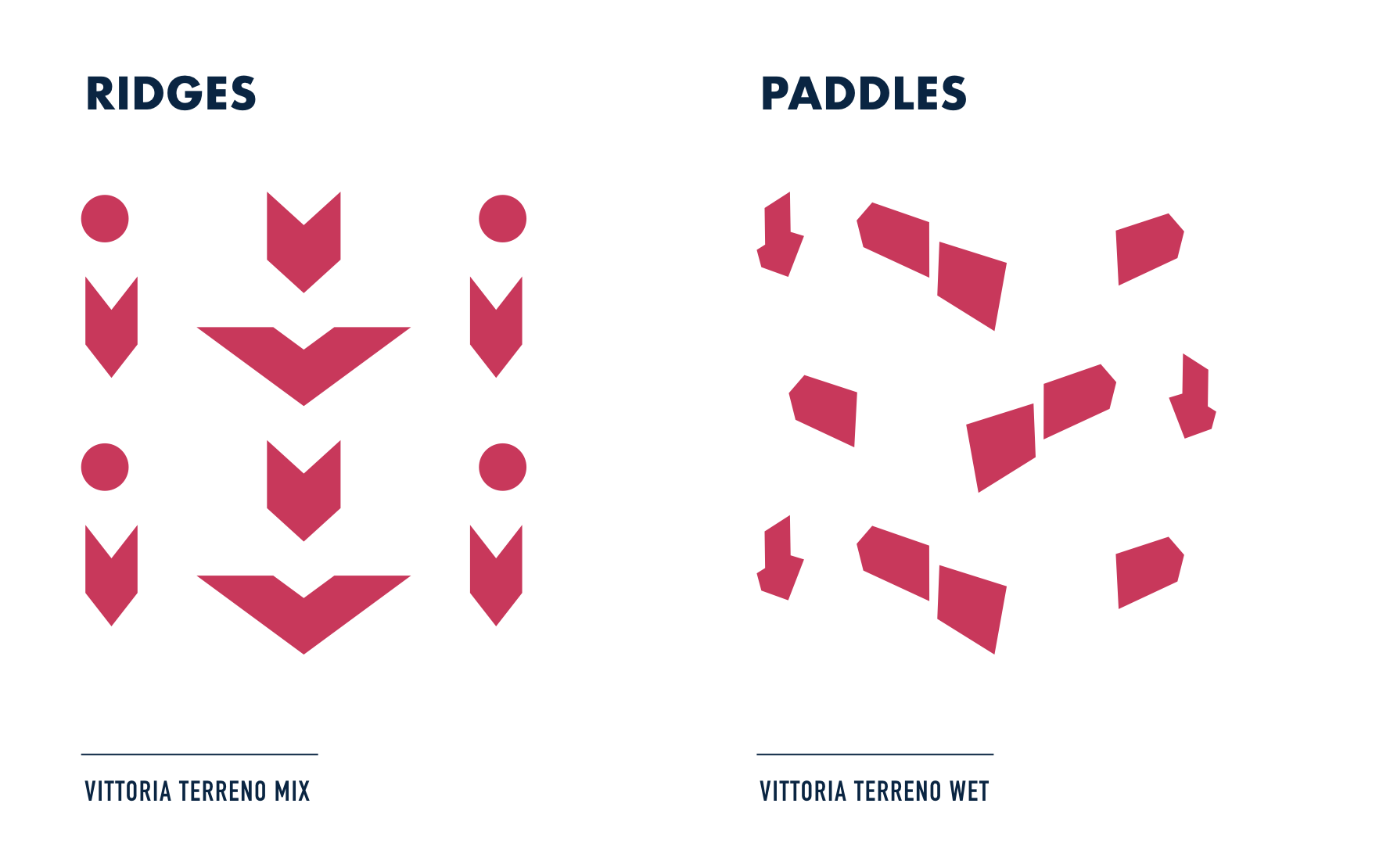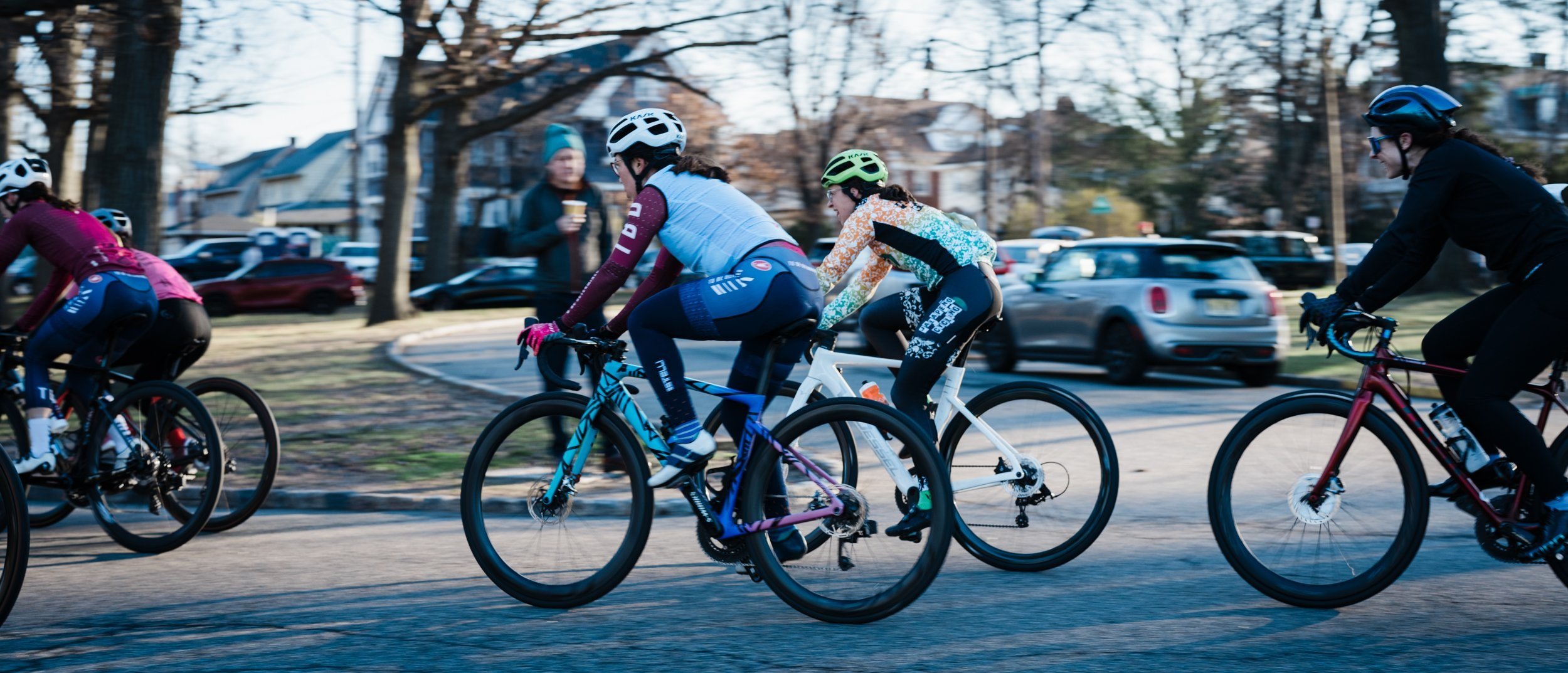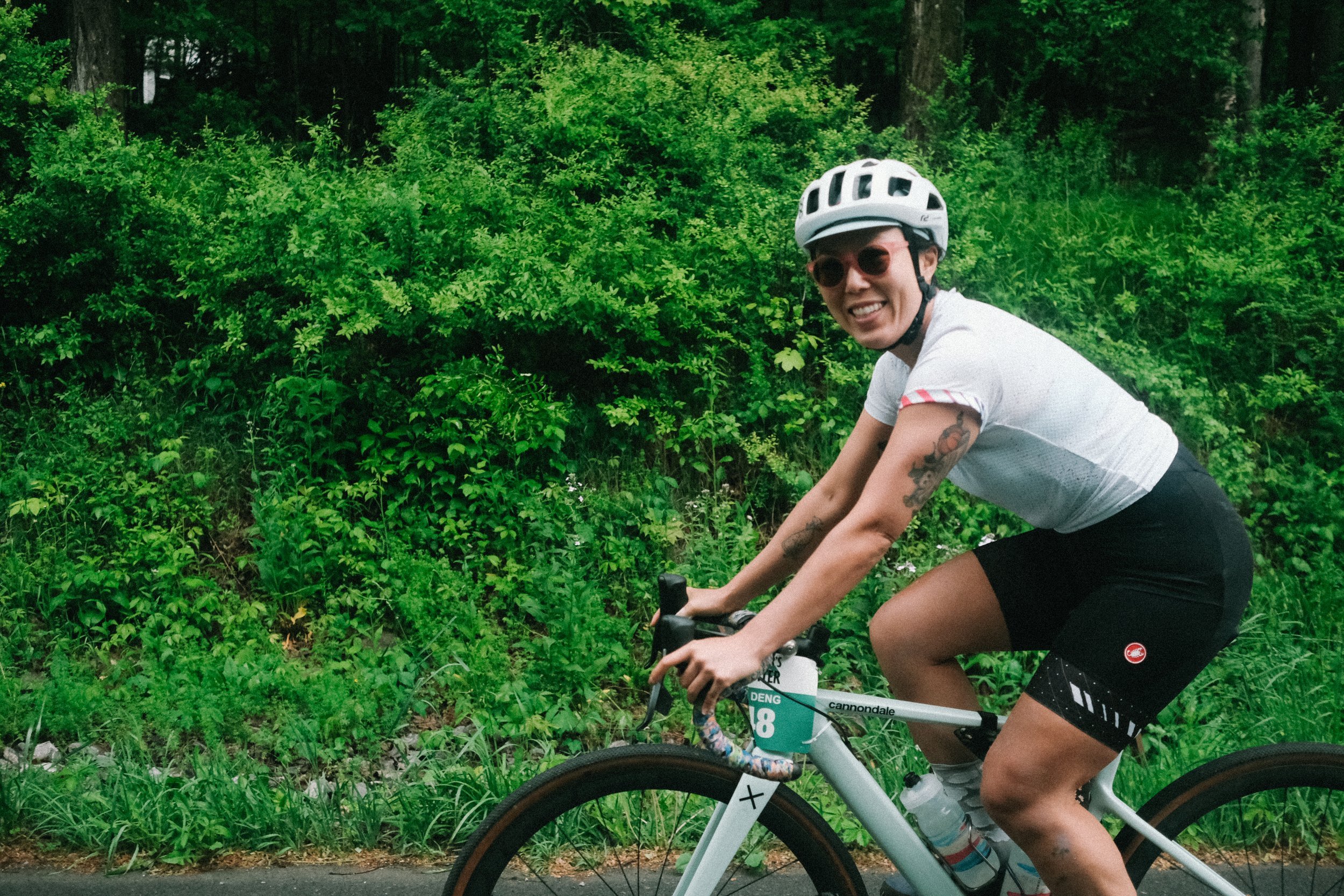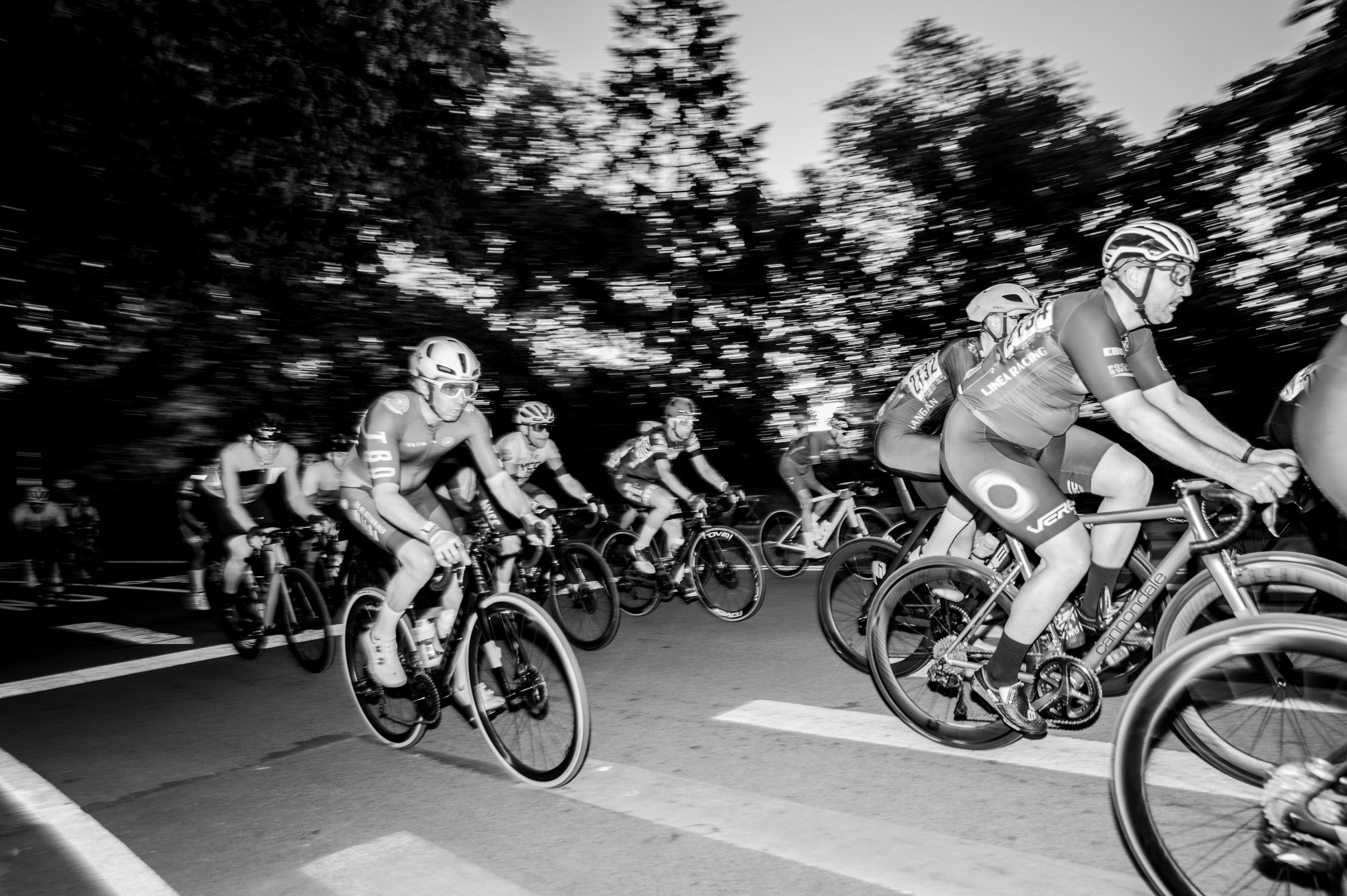The Best Cyclocross Tires: A TBD Guide
This is a guide, ideally focused on new-to-intermediate riders, for how to select the cyclocross tire that you want. A few disclaimers. You don’t need any of the following knowledge to get out there and do your first cross race, and you can definitely go fast on the “wrong” tires. But if you’re looking to go deeper, why not learn a bit more?
Basics
I have to admit: I’ve written an intentionally misleading headline. There is no “best” tire for cross. It’s all super specific to your explicit and tacit expectations on feel and traction, your skill level, the course, and conditions on race day. And while tire choice is one of the most annoying things in any group chat or forum, it is important, and even professional racers get it wrong.
When you pick a tire for racing cyclocross, you should aim to use the least amount of tread possible for the traction conditions you'll encounter on the course. The more skilled you are, the less tread you can use, all else being equal. Traction isn't only made by the tread: tire pressure/contact patch, balance, braking/acceleration, and rubber compound are all factors, too.
It's also important to call out cost in this discussion. If you're racing on a budget, grab a set of mixed-conditions or light mud tires, and run them all season. You will miss out on some free speed in fast races, and optimal mud clearance in slow ones, but you'll get 80% of the way there with 30% of the cost.
Tubulars vs Tubeless
Tubular, glued-on tires are, without a single doubt, the best-feeling, fastest-cornering tires out there, all else being held equal (tire pressure, conditions, tread pattern, etc.). They're also an enormous pain in the ass. I glued my own for two seasons, and got pretty good at it! but have ceased doing this because it takes too much forethought. So while the tubeless version of the Vittoria Terreno Mix is worse than its tubular sibling, sometimes…worse is better. And the tech just gets better every year.
Tire Design Diagnostics
Go to your favorite bike shop. They might not have every model of cyclocross tire out there, but they'll certainly have a few. Spend a few minutes looking at and touching the various models. Take note of a few things as you compare.
Bend the sidewalls and feel the material. Feel how stiff or flexible it is, with more supple generally being better for racing, but sometimes at the cost of durability. How sealed are they – can you feel fabric, or not? If you can obviously feel that there’s a bit of fabric that hasn’t been thoroughly permeated with rubber, that’s going to need to soak up sealant. Do they seem tough, or likely to be cut by a rock?
Now check out the tread pattern.
When looking at the blocks, consider shape, height, and size.
Are the knobs round, or sharp-edged? I've found round knobs to be less predictable when cornering, and sharp-edged knobs (especially on the edges of the tire) to be grippier. Tall knobs dig in more than short knobs, but need to be less flexible to do so, so they contribute to rolling resistance.
Check out the orientation of the knobs.
Are they in the direction of travel (like arrows) or do they run across the tire (like paddles), or some angle in between? Knobs running along the tire help to dig in on corners, and perpendicular paddles dig in when pedaling or braking.
How many knobs are there – many small knobs or a few big ones? Tires with densely packed knobs won’t shed mud as quickly. Instead it will get stuck between the knobs. This makes your tire heavier, and reduces its traction. Densely packed knobs seem to help with cornering in dry conditions — it feels like they have more fingers with which to grab the grass and/or loose dirt.
Is there a central, connected ridge, or something similar? Gravel tires and file-tread tires are the best examples of this concept, using either a smooth or very lightly knurled center area to reduce rolling resistance on high-traction surfaces. "Mixed" conditions tires typically use a line of same-height knobs with small gaps to approximate this idea, and reduce rolling resistance while maintaining traction when things get loose.
Tread Coverage
Especially as tires get wider (more on that in a moment), tread coverage becomes an issue. Look at how wide the tread pattern is, and as you bend the tire, get a sense for how far down the tread continues down the side of the tire. This is important to consider for a few reasons. First: as you lean the tire over, tread that continues further down the side of the tire will give more consistent traction through the corners. Lower pressures reduce this problem, as the tire will fold some, keeping the tread down in the dirt/grass/whatever.
Width
Especially when you're starting out, wider tires can be helpful. They offer more traction in general and offer more suspension over bumpy surfaces. You can run lower pressures and still go the same speed, which is a huge bonus. I've tried tubeless and tubular tires as narrow as 32 and as wide as 38 (yes, you can get 38c tubulars), and I've come to the conclusion that tires can be too wide for cross. This is especially true with very expensive, very supple tires. As tires get wider, you must run lower pressure, not least because you can crack rims via the added hoop stress (the air pressure compresses the rim. wild). When you run very low pressure on a tall, flexy tire, you get a ton of traction...but it's unpredictable traction, with a "snappy" limit. Way more fun than I'm interested in having in a race.
33c is the right width for a cross tire. Enough space to float over roots and rocks, not so much that things get crazy in average grass corners.
So: Recommendations Time.
We’re currently big fans of the products that Vittoria and Donnelly are putting out. They’ve got some of the more modern designs that we’ve seen (how old is that Grifo tread pattern?), and all of their products are available in a variety of widths and casing options. Their tubeless casings don’t take days to soak up sealant like WTB (no offense intended, I really like my WTB gravel stuff!), and I’ve not had a burp yet. Knock wood.
If I had to pick one tire to roll the entire season with, it would be the Donnelly PDX. It’s not a heavy mud tire (released in 2011, it shares a pattern with Challenge’s 2014 release, the Baby Limus), and the central ridge keeps it rolling fast enough. Given an option to pick a second tire, it would be the Vittoria Terreno Dry. It’s a file-tread that actually brakes well and holds in corners, in part because the central tiles are set up like fish scales – smooth in one direction, rough in the other. My only beef is that it doesn’t come in a gumwall.
I think that’s it. Good luck out there, and remember, tread isn’t the only thing that makes traction.













A very pretty and very small Specialized Tarmac SL8